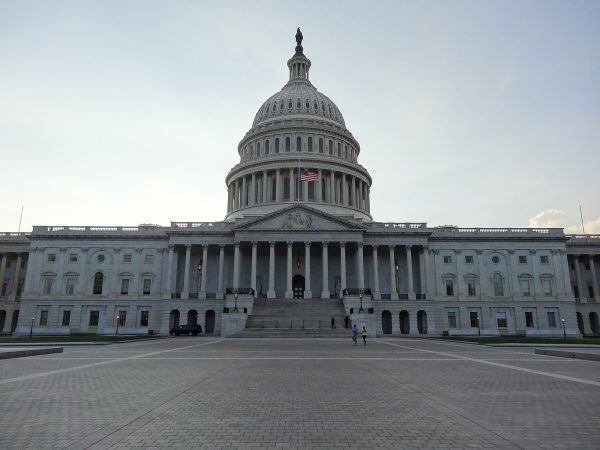Fraga Discusses Latino Voter Trends
Bernard Fraga, Associate Professor of Political Science at Emory University, presented his talk, “Sueño Americano or Sueño Republicano? Latino Voters in 2020, 2022, and Beyond” at a lecture co-sponsored by the Clarke Forum for Contemporary Issues and the Bruce R. Andrews Fund last week. Fraga specializes in American elections, along with racial and ethnic politics.
Fraga began his lecture by outlining the generally understood trends of Latino voters: they are Democratic leaning, but still have the potential to move towards Republicans. He also illustrated the anti-Latino and anti-immigrant policies of former President Donald Trump, including the use of tear gas at the southern border and Trump’s statements that Mexico does not send their best — rather sends drugs, crime and rapists.
After outlining these points about Trump, it was followed by a simple, yet puzzling CNN headline, “More Latino voters support Trump in 2020 than 2016.” This was accompanied with a graph showing changes in vote shares among racial groups, with an eight-point swing towards Republicans among Latinos being the highest on the chart. Fraga recalled that his first reaction to these numbers in 2020, where he thought “this can’t be true” during phone call discussions with the media on Election Day.
But it was true. This fact laid the foundation for the rest of Fraga’s lecture, asking questions of how and why Latino voters shifted towards Trump despite his policies that clearly discriminated against Latinos and his openly racist rhetoric towards them.
Due to polls going back to 2019, it could be judged whether 2020 specific issues drove Latinos towards Trump, which ultimately was not the case. Neither the COVID-19 pandemic or the Black Lives Matter protests following the death of George Floyd led to significant increases for Trump among Latinos, with Trump’s gains nearly flatlining from the start of the pandemic to Election Day.
The question of which Latinos, both in terms of geography and demographics, supported Trump was brought up in the lecture. Fraga illustrated this with data showing that poor, non-college educated Latinos disproportionately supported Trump, along with those who are the children of immigrants. He also found that geographically, Trump and Republicans made their largest gains among Latinos in Florida and Texas, with the latter mostly being along the Rio Grande Valley by the southern border.
Based on who shifted and where they are from, Fraga said this implies that some Latinos are “shifting because of Trump’s immigration rhetoric and policy, not despite it” and that the preconceived notion of Latino voters is not as solid as political scientists may expect.
Since Trump’s 2020 gains, Republicans have also moved to reach out Latino communities more, such as creating a Republican National Committee Hispanic Community Center in Gwinnett County, Georgia. However, despite the outreach to more diverse communities and expected results, Democrats defied expectations in the 2022 midterm elections.
More specific voting data for 2022 in many communities became available the morning of Fraga’s lecture and can be utilized in further research on this topic to see whether there was anywhere with significant Latino gains for Republicans in the midterms.




